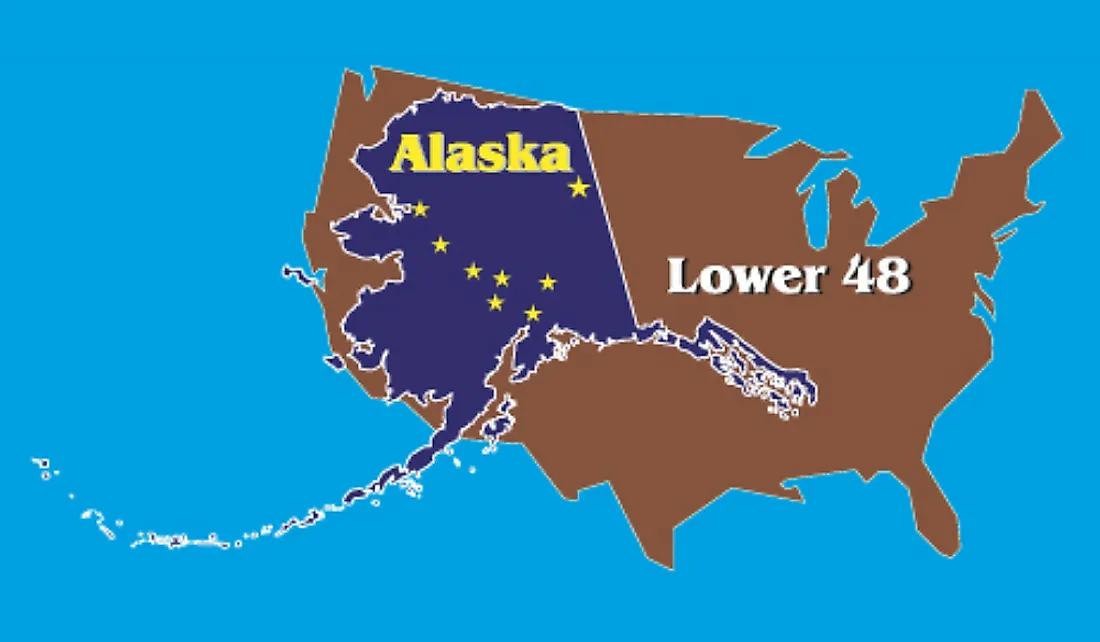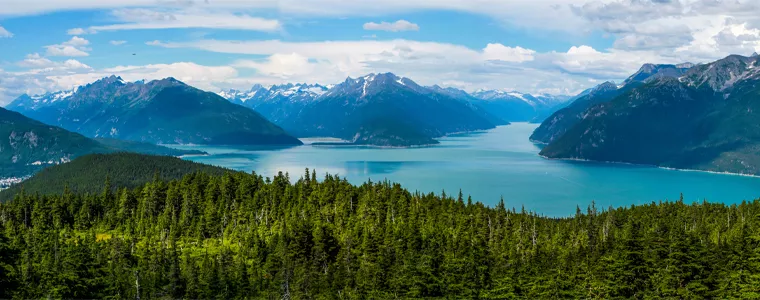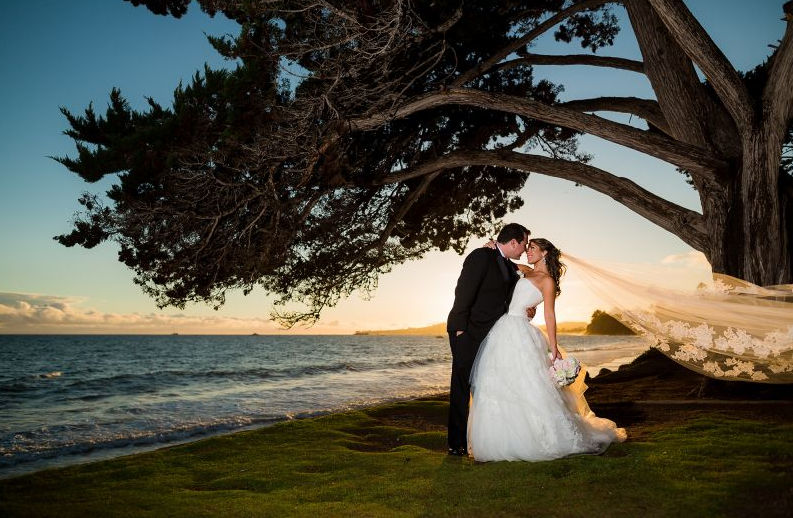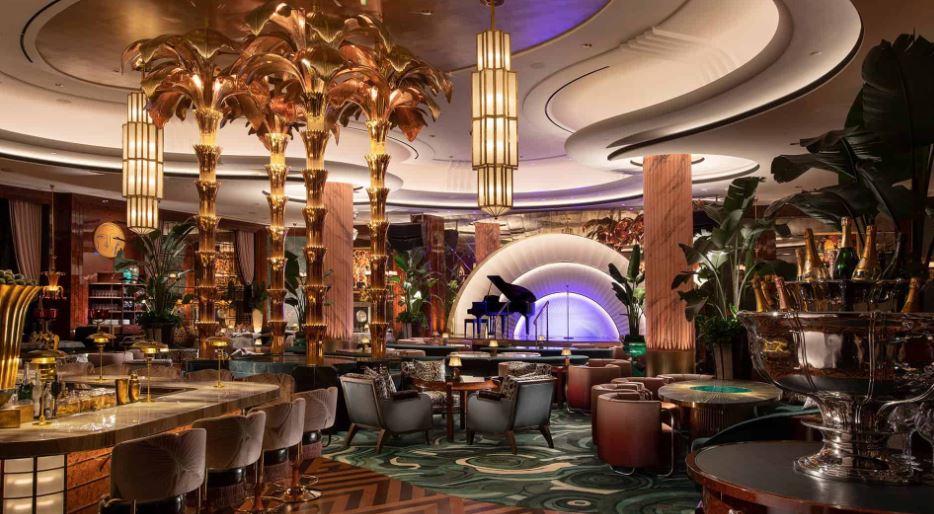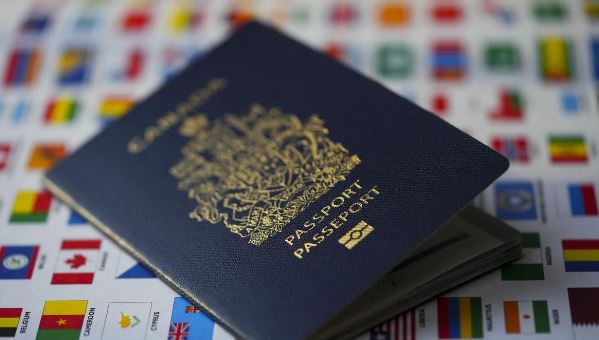Family Resorts Near Bordeaux – Planning a family vacation can be quite a task, especially if you’re traveling to an unfamiliar destination. But if you’re looking for a destination that offers something for every member of the family, look no further than Bordeaux.
Table of Contents
Best Family Resorts Near Bordeaux
Located in southwestern France and known for its world-renowned wine region, Bordeaux also boasts a wide range of family-friendly resorts. Whether you’re looking for adventure, relaxation, or just quality time with your loved ones, there’s plenty to do and see in and around the city.
In this blog post, we’ll highlight some of the best family resorts near Bordeaux and what makes them so great for families.
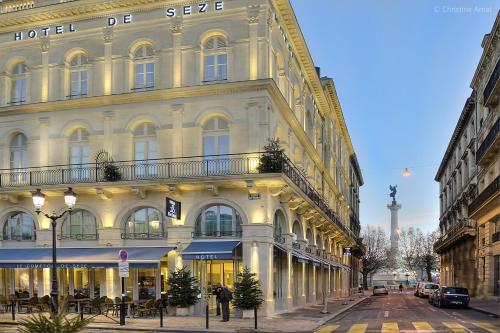
1. Hotel Singulier: Centrally Located Family Hotel in Bordeaux City Center
Frequently Asked Questions about Hotel Singulier: Centrally Located Family Hotel in Bordeaux City Center
Q: Is Hotel Singulier a good choice for families?
A: Yes, Hotel Singulier is a great option for families. This centrally located hotel offers a variety of family-friendly room options and amenities.
Q: What room types are available for families at Hotel Singulier?
A: Hotel Singulier offers several room types that are suitable for families, including Executive Rooms, Suites, and Family Rooms.
Q: Does Hotel Singulier offer any special amenities for families traveling with children?
A: Yes, Hotel Singulier provides a range of family-friendly amenities, including high chairs, baby cots, and kid-friendly breakfast options.
Q: Is Hotel Singulier located near any popular family attractions in Bordeaux?
A: Yes, Hotel Singulier is located in the heart of Bordeaux City Center, making it an ideal base for exploring the city’s family-friendly attractions, such as the Miroir d’Eau and the Jardin Public.
Q: Does Hotel Singulier offer any special deals or packages for families?
A: Yes, Hotel Singulier occasionally offers packages and deals specifically aimed at families. Be sure to check the hotel’s website for current offers.
Q: Is the hotel easy to reach by public transportation?
A: Yes, Hotel Singulier is conveniently located near several public transportation options, including the Bordeaux Tramway and local bus lines.
Q: What other amenities does Hotel Singulier offer for guests?
A: In addition to family-friendly amenities, Hotel Singulier also features a fitness center, a bar, and a continental breakfast buffet.
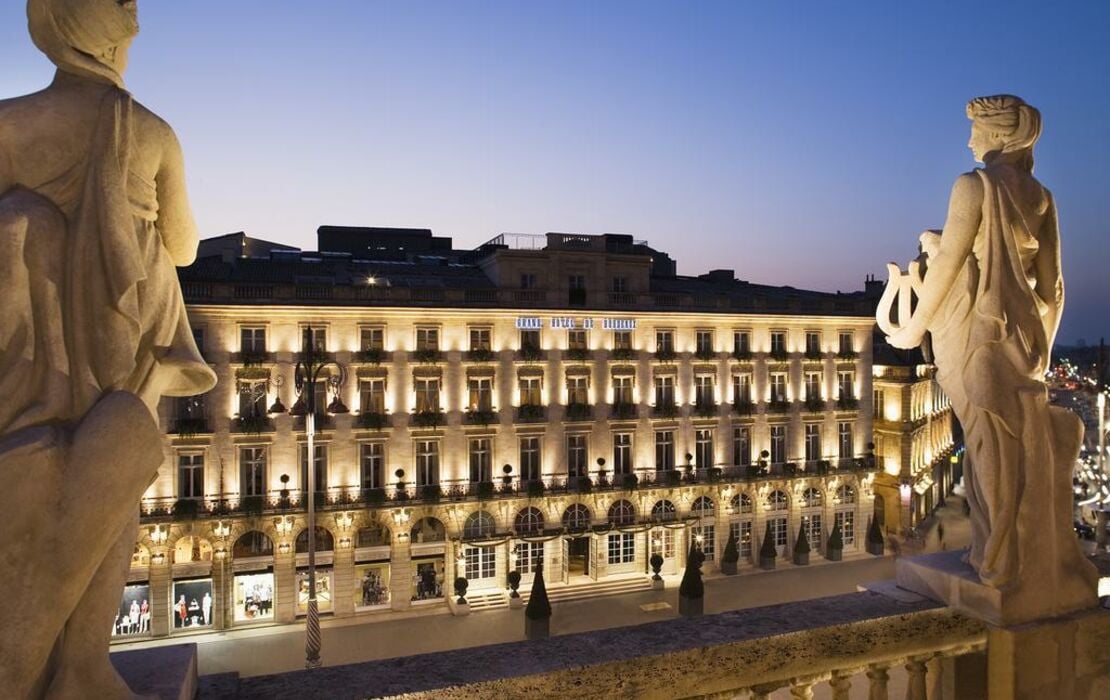
2. InterContinental Bordeaux – Le Grand Hotel: Luxury Family Resort in Gironde
1. Is InterContinental Bordeaux – Le Grand Hotel suitable for families with children?
Yes, InterContinental Bordeaux – Le Grand Hotel is a luxurious family resort in Gironde that is perfect for families with children. They have a dedicated Kids Concierge to provide an appropriate service for the youngest guests.
2. What amenities does InterContinental Bordeaux – Le Grand Hotel offer for families?
InterContinental Bordeaux – Le Grand Hotel offers a range of amenities for families, including an indoor pool, a fitness center, comfortable beds, and a helpful staff. They also have a gourmet Gordon Ramsey restaurant on-site for fine dining.
3. Is InterContinental Bordeaux – Le Grand Hotel centrally located?
Yes, InterContinental Bordeaux – Le Grand Hotel is located across the Grand Theatre and Place de la Comedie in the heart of Bordeaux’s main square, making it perfectly situated for exploring the city’s attractions with family.
4. How can families book InterContinental Bordeaux – Le Grand Hotel?
Families can book InterContinental Bordeaux – Le Grand Hotel either through the hotel’s website or via a travel booking website.
5. Does InterContinental Bordeaux – Le Grand Hotel offer family-friendly activities?
Yes, the hotel offers a range of family-friendly activities for guests, including an indoor pool and spa. Additionally, there are many attractions nearby that are suitable for families, such as Rue Sainte-Catherine and Eglise Notre.
6. What is the price range for InterContinental Bordeaux – Le Grand Hotel?
The price range for InterContinental Bordeaux – Le Grand Hotel varies depending on the room type and time of year. However, the hotel offers a luxurious experience that is worth the investment for family trips that value comfort and style.
7. Does InterContinental Bordeaux – Le Grand Hotel offer free parking?
Unfortunately, InterContinental Bordeaux – Le Grand Hotel does not offer free parking. However, they have a nearby paid parking facility available for guests.

3. Villa Duflot Hotel & Spa: Relaxing Family Retreat near Le Messager Zadkine
Is Villa Duflot Hotel & Spa a good option for families traveling to Bordeaux?
Yes, Villa Duflot Hotel & Spa is an excellent option for families seeking a relaxing retreat near Le Messager Zadkine. The hotel offers spacious family rooms equipped with modern amenities, including air conditioning, flat-screen TVs, and complimentary Wi-Fi. Additionally, the hotel also features a swimming pool and a spa, providing a perfect place for parents to unwind while their children play.
Does Villa Duflot Hotel & Spa have any activities or attractions nearby that children will enjoy?
Yes, Villa Duflot Hotel & Spa is located near various activities and attractions suitable for children. The beaches of Saint-Cyprien and Canet-en-Roussillon are just a short drive away, offering a great opportunity for kids to have fun in the water. Additionally, there are various amusement parks and zoos nearby, such as Aqualand and Sigean African Reserve, providing hours of entertainment for children of all ages.
Is the staff at Villa Duflot Hotel & Spa helpful and accommodating towards families with children?
Yes, the staff at Villa Duflot Hotel & Spa is known for being extremely helpful and accommodating towards families with children. The hotel provides various amenities that cater to families, such as high chairs, baby cots, and children’s menus at the on-site restaurant. Additionally, the staff is always willing to go above and beyond to ensure that families have a comfortable and enjoyable stay.
What are the dining options available at Villa Duflot Hotel & Spa?
Villa Duflot Hotel & Spa has an on-site restaurant, La Table du Mas, that serves traditional French cuisine made with locally sourced ingredients. The restaurant also offers a children’s menu, providing parents with an option to cater to their children’s dietary needs. Additionally, the hotel also has a bar that serves a selection of wines and cocktails.
Is there parking available at Villa Duflot Hotel & Spa?
Yes, Villa Duflot Hotel & Spa offers free private parking to guests. The hotel provides a secure and well-lit parking lot, ensuring that families with vehicles have a safe and convenient place to park during their stay.
Are there any nearby attractions or activities suitable for parents to enjoy?
Yes, there are various nearby attractions and activities that parents can enjoy while staying at Villa Duflot Hotel & Spa. The hotel is located near the city of Perpignan, which is known for its rich history, culture, and art. Parents can explore the city’s landmarks, museums, and art galleries, while their children are at the beach or engaged in other activities. Additionally, the hotel also provides a massage and wellness center that offers various treatments, providing parents with an opportunity to relax and rejuvenate during their stay.

4. Best Western Premier Hotel: Comfortable Family Accommodation near Bordeaux’s Attractions
FAQs about Best Western Premier Hotel: Comfortable Family Accommodation near Bordeaux’s Attractions
1. What are the nearby attractions of Best Western Premier Hotel?
Best Western Premier Hotel is situated close to several popular attractions of Bordeaux, such as Place de la Bourse, Grand Théâtre de Bordeaux, and Saint-Michel Basilica.
2. What type of family accommodation does Best Western Premier Hotel offer?
Best Western Premier Hotel offers comfortable family accommodation that is well-equipped with modern amenities like free Wi-Fi, air conditioning, flat-screen TVs, and en-suite bathrooms.
3. How much does it cost to stay at Best Western Premier Hotel?
The cost of staying at Best Western Premier Hotel can vary depending on the time of year and the type of room you choose. On average, prices start from $120 per night.
4. Is Best Western Premier Hotel suitable for families with kids?
Yes, Best Western Premier Hotel is a family-friendly hotel that caters to the needs of travelers with kids. The hotel features spacious family rooms with extra beds and cribs available on request.
5. What are the dining options available at Best Western Premier Hotel?
The hotel’s on-site restaurant, La Table de Burdigala, offers a variety of French and international dishes, including gluten-free and vegetarian options. The hotel also features a bar serving a selection of drinks and cocktails.
6. Does Best Western Premier Hotel provide any recreational facilities?
Yes, Best Western Premier Hotel offers various recreational facilities, such as a fitness center, a sauna, and a steam room.
7. Is breakfast included in the room rate at Best Western Premier Hotel?
It depends on the type of room you book. Some of the room rates include breakfast, while others may require an additional fee.
8. How far is Best Western Premier Hotel from the Bordeaux airport?
Best Western Premier Hotel is located approximately 7.4 miles from Bordeaux-Mérignac Airport, which is about a 15-minute drive away.

5. Le Provencal: Affordable Family Hotel with Free Parking in Le Lac
FAQ: Le Provencal – Affordable Family Hotel with Free Parking in Le Lac
1. What makes Le Provencal a good option for families?
Le Provencal is a budget-friendly hotel located in the Le Lac area of Bordeaux, which offers family rooms, making it convenient for families travelling together. Additionally, the hotel provides free private parking, which can be important for those travelling by car.
2. What facilities are available at Le Provencal for families?
Apart from family rooms and free parking, Le Provencal offers daily maid service and an on-site restaurant. The hotel also has a 24-hour front desk, ensuring that any assistance is available at all times.
3. What can families do near Le Provencal?
Despite being located away from the city centre, Le Lac offers many family-friendly activities. The nearby Bordeaux Congress Centre, Bordeaux Exhibition Centre and Matmut Atlantique Stadium can all be easily accessed from the hotel. In addition, families can spend a day at the nearby Bordeaux Lac, a man-made lake with a beach and various recreational activities.
4. Is Le Provencal easily accessible from Bordeaux Airport?
Yes, Le Provencal is located just 5 km away from Bordeaux Airport, making it a convenient option for families who prefer not to travel too far from the airport. The hotel also offers shuttle services from the airport on request.
5. Can families get discounts or deals for staying at Le Provencal?
It is always advisable to check with the hotel directly for any possible discounts or deals that may be available, especially during off-seasons or for extended stays. Alternatively, families can check with their travel agents or online travel concierge, which may have exclusive discounts and deals for Le Provencal.
Disclaimer: The information provided above is subject to change without notice. Therefore, we advise readers to check with the hotel directly or consult with their travel agents for any updates or changes in offerings.

6. Hotel de Tourelles: Stylish Family Hotel in Saint-Rémy-de-Provence
Looking for a stylish family hotel in Saint-Rémy-de-Provence? Look no further than Hotel de Tourelles. Here are some frequently asked questions about this family-friendly accommodation:
1. What amenities does Hotel de Tourelles offer for families?
Hotel de Tourelles offers family rooms with a separate living area, a kitchenette, and a private terrace. The hotel also has a swimming pool, a garden, a playground, and a library.
2. Is Hotel de Tourelles pet-friendly?
Yes, Hotel de Tourelles welcomes pets. Additional charges may apply.
3. Does Hotel de Tourelles offer free parking?
Yes, Hotel de Tourelles has a private parking area for guests free of charge.
4. Is there an on-site restaurant at Hotel de Tourelles?
No, Hotel de Tourelles doesn’t have an on-site restaurant. However, the hotel provides breakfast service and is within walking distance of numerous restaurants and cafes.
5. Is there a fitness center or spa at Hotel de Tourelles?
No, Hotel de Tourelles doesn’t have a fitness center or spa. But the hotel is located near several spas and wellness centers.
6. What are some nearby attractions to Hotel de Tourelles?
Hotel de Tourelles is located in the heart of Saint-Rémy-de-Provence, a charming town known for its markets, museums, and cultural attractions. Famous nearby attractions include Saint-Paul-de-Mausole Monastery, Van Gogh’s Asylum, and Les Antiques, an ancient Roman site.
Whether you’re looking for a family-friendly hotel or a romantic getaway, Hotel de Tourelles offers comfort, style, and convenience in the heart of Saint-Rémy-de-Provence.

7. Sheraton Airport Hotel: Family-Friendly Accommodation near Bordeaux Airport
1. Is the Sheraton Airport Hotel a suitable option for families?
Yes, the Sheraton Airport Hotel is a family-friendly accommodation option near Bordeaux Airport. The hotel offers a range of amenities and services suitable for families, such as connecting rooms, cribs, and high chairs upon request.
2. What types of rooms are available for families at the Sheraton Airport Hotel?
The hotel offers a variety of room types perfect for families, including Deluxe Rooms with Two Double Beds, Superior Rooms with One King Bed and a Sofa Bed, and Family Suites featuring a separate living area with a sofa bed.
3. Is there a restaurant on-site at the Sheraton Airport Hotel?
Yes, the hotel features an on-site restaurant, La Brasserie, which serves classic French cuisine alongside international dishes. There is also a bar and lounge area, the Up On the Roof Bar, offering panoramic views of the surrounding area.
4. What activities are available for families staying at the Sheraton Airport Hotel?
The hotel offers a fitness center, a sauna, and a steam room for adults, while children can enjoy the indoor pool. Families can also explore the nearby attractions, such as the Saint-Emilion area, the city of Bordeaux, and the beautiful countryside of the Aquitaine region.
5. Is the hotel easily accessible from Bordeaux Airport?
Yes, the Sheraton Airport Hotel is conveniently located just a few minutes’ drive from Bordeaux Airport. The hotel offers a complimentary shuttle service for guests arriving by plane or train, making it easy to get to and from the airport.

8. Hotel La Zoologie Bordeaux: Family Rooms and Fitness Centre in City Center
1. What makes Hotel La Zoologie a great choice for families?
Answer: Hotel La Zoologie offers spacious family rooms with comfortable beds and modern amenities. Additionally, the hotel has a fitness centre and full-service spa where parents can unwind while the kids are occupied.
2. Does Hotel La Zoologie have a restaurant on-site?
Answer: Yes, Hotel La Zoologie has a restaurant on-site where guests can enjoy a variety of dishes.
3. Is there a fitness centre at Hotel La Zoologie?
Answer: Yes, Hotel La Zoologie features a fitness centre that guests can use during their stay.
4. What other amenities does the hotel have?
Answer: In addition to the fitness centre and restaurant, Hotel La Zoologie also offers a sauna and garden area for guests to relax in.
5. Is the hotel centrally located?
Answer: Yes, Hotel La Zoologie is located in the city centre of Bordeaux, making it easy for guests to explore the nearby attractions.
6. Are there any special activities for children at the hotel?
Answer: Hotel La Zoologie offers board games and a children’s menu at the restaurant, making it a great choice for families with kids.
7. Can guests book spa services at the hotel?
Answer: Yes, guests can book spa services at the full-service spa located in the hotel.
Overall, Hotel La Zoologie is a great choice for families looking for comfortable accommodation in the heart of Bordeaux. With its convenient location, modern amenities, and special activities for children, it’s the perfect choice for a family holiday.
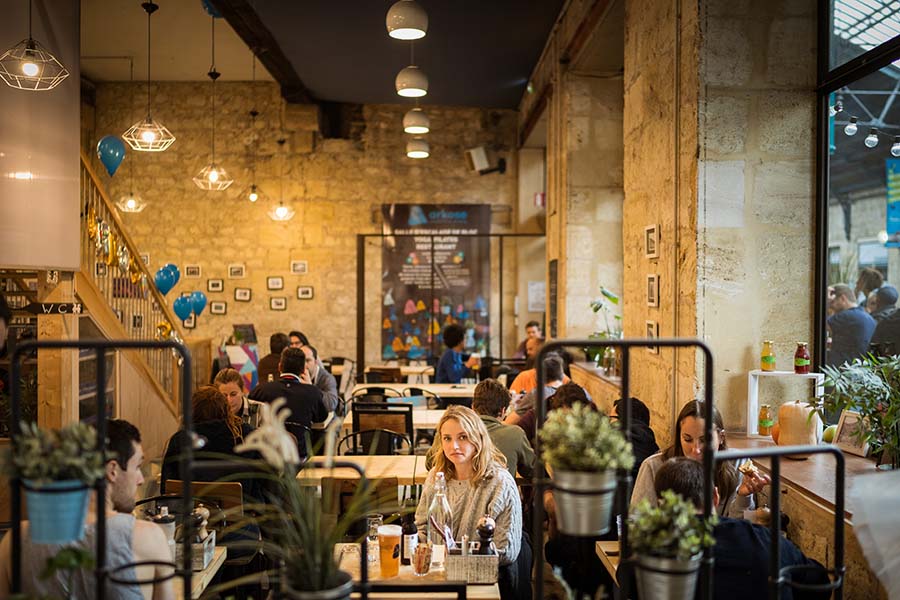
Good Kids-Friendly Restaurants Near Bordeaux
If you’re planning a family trip to Bordeaux, finding kid-friendly restaurants to suit everyone’s tastes can be a lifesaver. Here are some frequently asked questions about finding good kids-friendly restaurants near Bordeaux.
1. What kind of kid-friendly restaurants can I expect to find in Bordeaux?
There are many options ranging from cafes, bistros, and casual eateries to fine-dining restaurants that cater to children’s tastes and dietary restrictions.
2. Are there any family-friendly restaurants in Bordeaux that are within walking distance of popular tourist destinations?
Yes! You can find plenty of kid-friendly restaurants near popular tourist attractions, including Le Bistrot des Anges, La Collation, and Le Bistro du Musée. These restaurants offer a variety of foods that will please even the pickiest eaters.
3. What types of food will my kids be able to eat at these restaurants?
Most kid-friendly restaurants in Bordeaux serve a variety of meals including traditional French cuisine, pizzas, burgers, and pasta. There are also vegetarian and gluten-free options available, so even those with dietary restrictions can enjoy their meals.
4. Will kid-friendly restaurants in Bordeaux accommodate our larger family group?
Yes, many restaurants have large tables and private dining rooms that can accommodate bigger groups. It’s best to call the restaurant ahead of time to make a reservation for larger groups.
5. Is it necessary to book a table in advance when dining with kids in Bordeaux?
It’s always a good idea to make a reservation before heading out to eat, especially when traveling with kids. Many kid-friendly restaurants in Bordeaux can get busy during peak hours, so booking in advance will save you time and ensure that your family has a table.
Overall, Bordeaux has many kid-friendly restaurants that cater to families of all sizes and tastes. Whether you’re in the mood for a casual meal or a fine dining experience, there is sure to be a restaurant that will suit your needs.
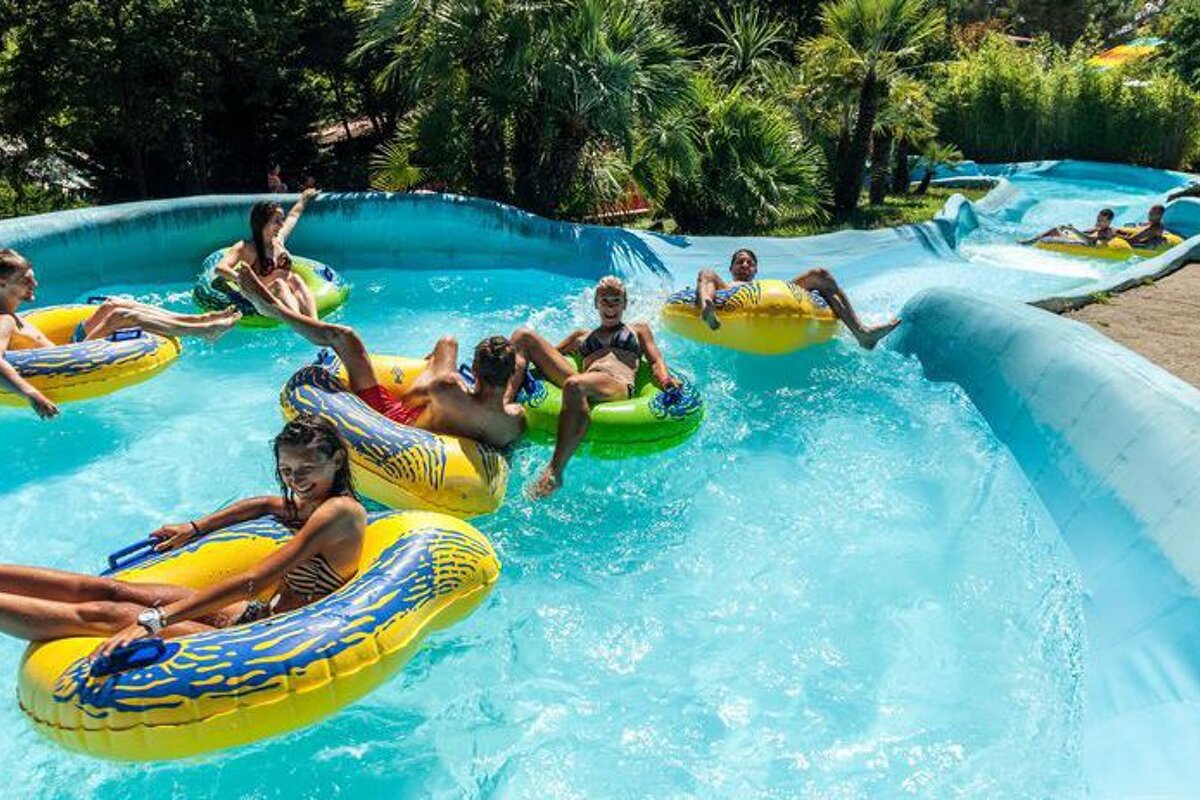
Is Bordeaux good for a family holiday?
Families looking for a fun and adventurous holiday in Europe often overlook Bordeaux as a destination. But this charming city in southwest France can surprise even the most demanding travellers with its family-friendly attractions, outdoor activities, and a variety of accommodations that cater to all budgets and needs.
Q: Why is Bordeaux a good choice for family holidays?
A: Bordeaux is a perfect destination for families seeking a mix of culture, nature, and relaxation. From the unique architecture of Bordeaux’s historic city centre to the stunning beaches of the Atlantic coast, there’s something for everyone. Families can enjoy a bicycle tour along the Garonne river, spend a day at the beach, explore the UNESCO-listed vineyards, or soak in the local culture by visiting museums, galleries, and markets.
Q: What are some family-friendly accommodations in Bordeaux?
A: Bordeaux offers a wide range of accommodations that cater to families, from luxury hotels to affordable apartments and camping parks. For a central location, Hotel Singulier and Hotel La Zoologie Bordeaux offer family rooms and easy access to attractions, while the InterContinental Bordeaux – Le Grand Hotel and Villa Duflot Hotel & Spa provide luxury amenities and outdoor spaces to relax. Families looking for budget-friendly options can choose Best Western Premier Hotel or Le Provencal, which both offer comfortable rooms and free parking.
Q: Are there good restaurants in Bordeaux for families with kids?
A: Yes, Bordeaux has plenty of kid-friendly restaurants serving French and international cuisine. Some of the best options include Le Bistrot du Gabriel, which offers a casual atmosphere and a kids’ menu, Le Plana, a pizza restaurant with a play area for kids, and La Belle Epoque, a brasserie with a garden and a special kids’ menu.
Q: Is Bordeaux safe for families with kids?
A: Bordeaux is generally a safe city for families, with a low crime rate and friendly locals. However, as with any city, it’s best to take necessary precautions, such as keeping an eye on personal belongings in crowded areas, avoiding dark or isolated places at night, and following basic safety rules, such as using designated pedestrian crossings.
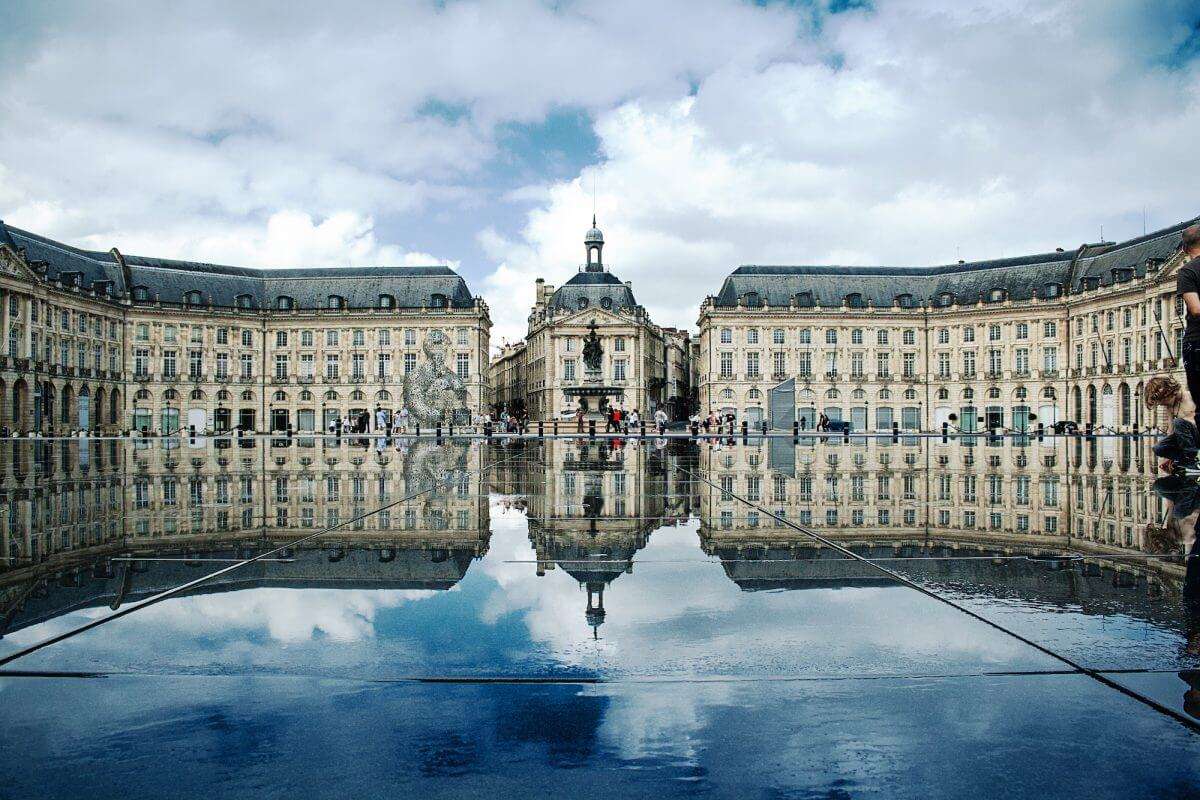
What is the best month to visit Bordeaux France?
When planning a family holiday in Bordeaux, one of the most important considerations is the best time to visit. The ideal time is when the weather is pleasant and there are plenty of activities to enjoy. The best month to visit Bordeaux, France, depends on your preferences and what you hope to experience during your trip.
If you are looking for the warmest weather, the best time to visit Bordeaux is June to August. This is the peak tourist season, and the city is alive with concerts, festivals, and outdoor events. During this time, families can enjoy spending time outdoors and exploring the beautiful vineyards, gardens, and parks. However, keep in mind that hotel rates and crowds are highest during this season.
Another great time to visit Bordeaux is during the shoulder season, which is April to May and September to October. The weather is still warm, and the crowds are fewer, making it an ideal time to explore the city’s cultural attractions and landmarks. Families can enjoy guided tours, and visit museums without the crowds that are present during peak tourist seasons.
For those looking for a budget-friendly time to visit, traveling during the winter months, from November to March, is the best option. Although the weather is cooler, hotels offer great deals and discounted rates, making it an ideal time for families on a tight budget. During this season, the city is quieter, allowing families to explore the city’s historic sites and landmarks with ease.
Overall, the best time to visit Bordeaux France will depend on your travel preference and the type of holiday you want to experience with your family. Whether you opt for the peak season or the offseason, Bordeaux has plenty to offer for families looking for an adventure, relaxation, and enjoyment.
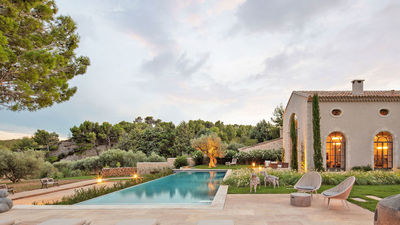
Is Bordeaux worth visiting with kids?
Bordeaux is a fantastic destination for families with kids. The city offers a great mix of culture, history, and outdoor activities, ensuring that there is always something to do for the whole family. Here are some of the most frequently asked questions about visiting Bordeaux with kids:
1. What makes Bordeaux a good destination for families with kids?
Bordeaux has a lot to offer families with kids. The city is home to numerous parks and green spaces, such as the Jardin Public and the Parc Bordelais, which are great places for kids to run around and play. There are also plenty of museums, such as the Museum of Natural History and the Miroir d’Eau, which showcases a stunning water display that kids love. Finally, the city is also known for its world-class food and wine, making it an ideal destination for parents who want to indulge in local gastronomy while keeping their children entertained.
2. What are some fun activities for kids to do in Bordeaux?
There are plenty of activities for kids to do in Bordeaux. They can take a guided tour of the city, or explore the many parks and green spaces. Families can also indulge in local pastimes, such as wine tasting or cycling tours. If your kids are older, you might want to consider visiting one of the nearby beaches, such as Lacanau Ocean or Arcachon Bay. Finally, some of the city’s top attractions, like the Cité du Vin or the Grand Theatre, always have special programs or activities that are geared towards children.
Bordeaux is definitely worth visiting with kids. The city offers a combination of culture, history, and outdoor activities that make it an ideal destination for families. With a plethora of kid-friendly hotels, restaurants, and activities, there is always something for everyone in this charming French city.

How many days are enough for Bordeaux?
Bordeaux is a city that offers an exquisite blend of culture, history, and world-renowned wine, making it an ideal destination for families seeking a remarkable vacation experience. The length of time required to explore the city varies depending on the purpose and preferences of the family, but regardless of the number of days, it is almost inevitable that there will be something to discover for everyone.
For families wishing to indulge in the local wine culture and enjoy the natural beauty, a stay of a week or more is recommended. There are several world heritage sites to visit, including the world-famous Cité du Vin wine museum, as well as the exceptional Bordeaux wineries and other wine regions in Aquitaine. A longer stay allows for a leisurely pace to explore and soak in the rich history and culture, as well as savor some of the region’s most exquisite flavors.
However, if time is limited, a three-day visit can also provide an opportunity to explore the city’s cultural highlights and elegant architecture, strolling along the quays and magnificent squares like Place de la Bourse. The majority of the city’s main attractions are concentrated in the compact historic center, making it ideal for a brief city break.
Ultimately, the ideal duration for a family trip to Bordeaux is subjective and dependent on individual preferences and interests. However, a minimum of three days is recommended to appreciate the city’s beauty and charm, while a longer stay would provide a more comprehensive taste of the region’s fabulous offerings.
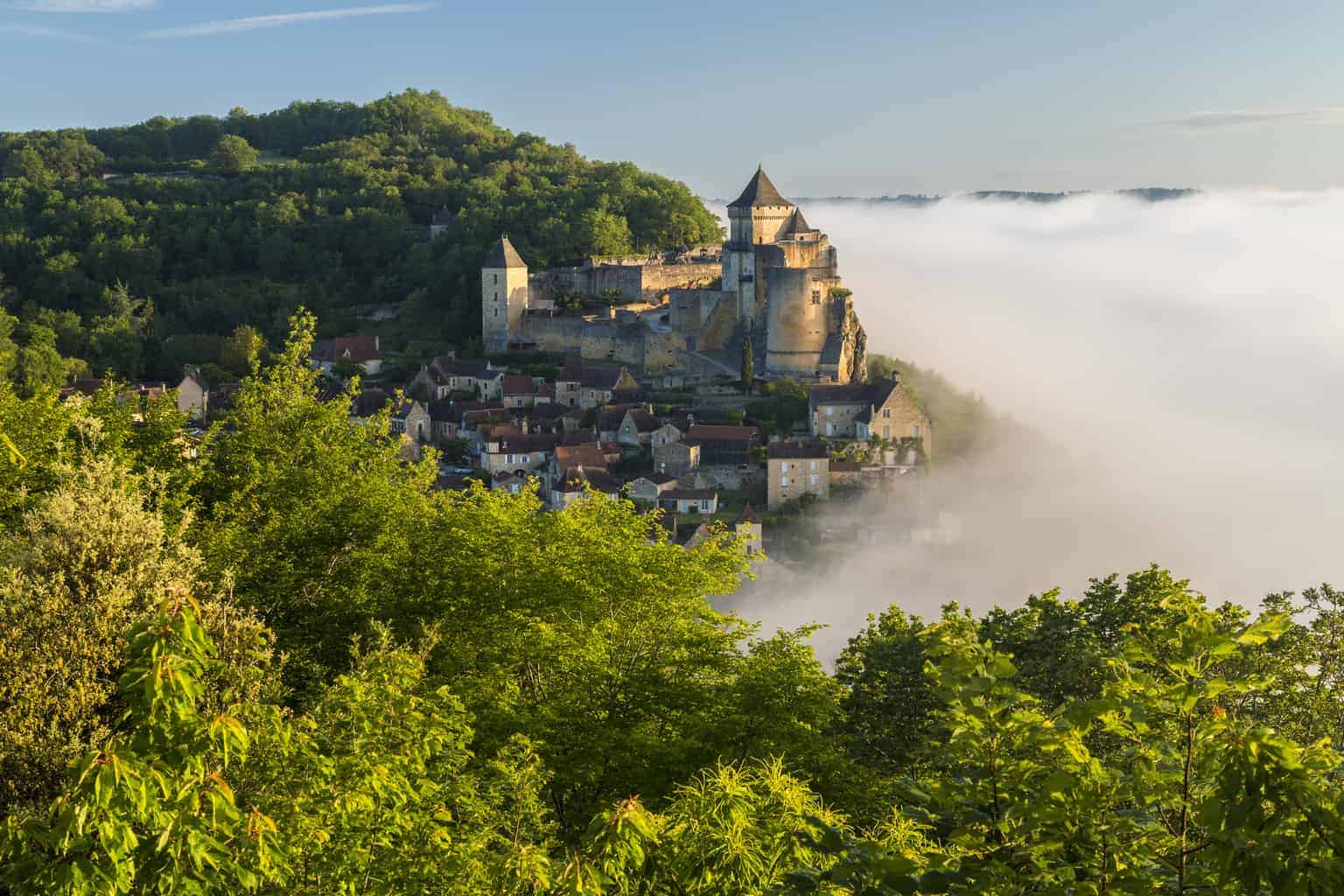
Is Bordeaux nicer than Paris?
Comparing Bordeaux and Paris can be tricky, as both cities offer unique charms and attractions that can cater to different interests and preferences. However, there are some factors to consider when deciding which city is “nicer” for a family holiday.
Firstly, Bordeaux is known for its stunning UNESCO-listed neoclassical architecture, picturesque streets, and wide range of cultural and wine-related activities. It’s also more laid-back and less crowded than Paris, which can be a plus for families who want to avoid big crowds and long queues.
On the other hand, Paris is renowned for its iconic landmarks, such as the Eiffel Tower, Notre-Dame, and the Louvre Museum, which can be a great draw for families who want to explore world-famous sites. Additionally, Paris has a wider range of family-friendly activities such as theme parks and zoos.
When it comes to the best time to visit, Bordeaux tends to have milder weather and fewer tourists in the spring and fall, making it an ideal time for a quieter family holiday. In contrast, Paris tends to be busier and more expensive during peak summer and holiday seasons.
Overall, both cities have something to offer for families, so it ultimately depends on individual preferences and interests. Whether you choose to stay in one city or visit both, there are plenty of family-friendly accommodations and restaurants to choose from in either location.
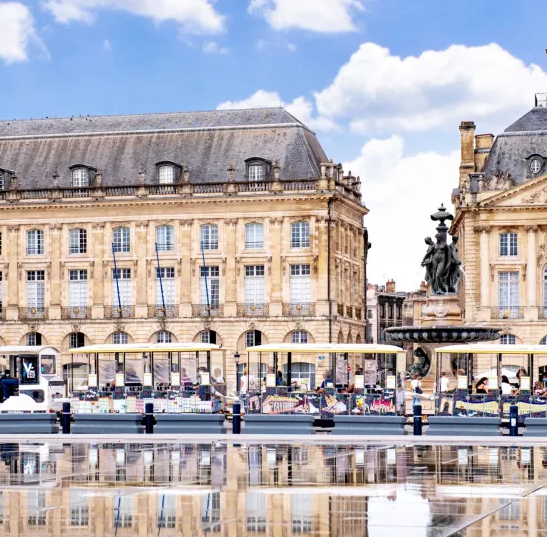

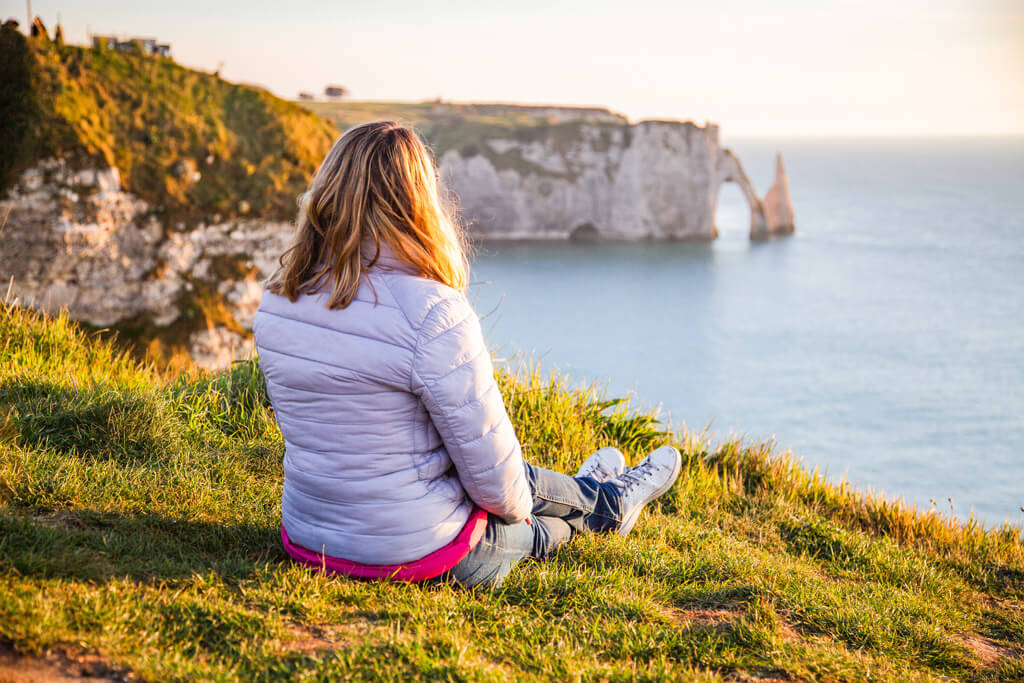
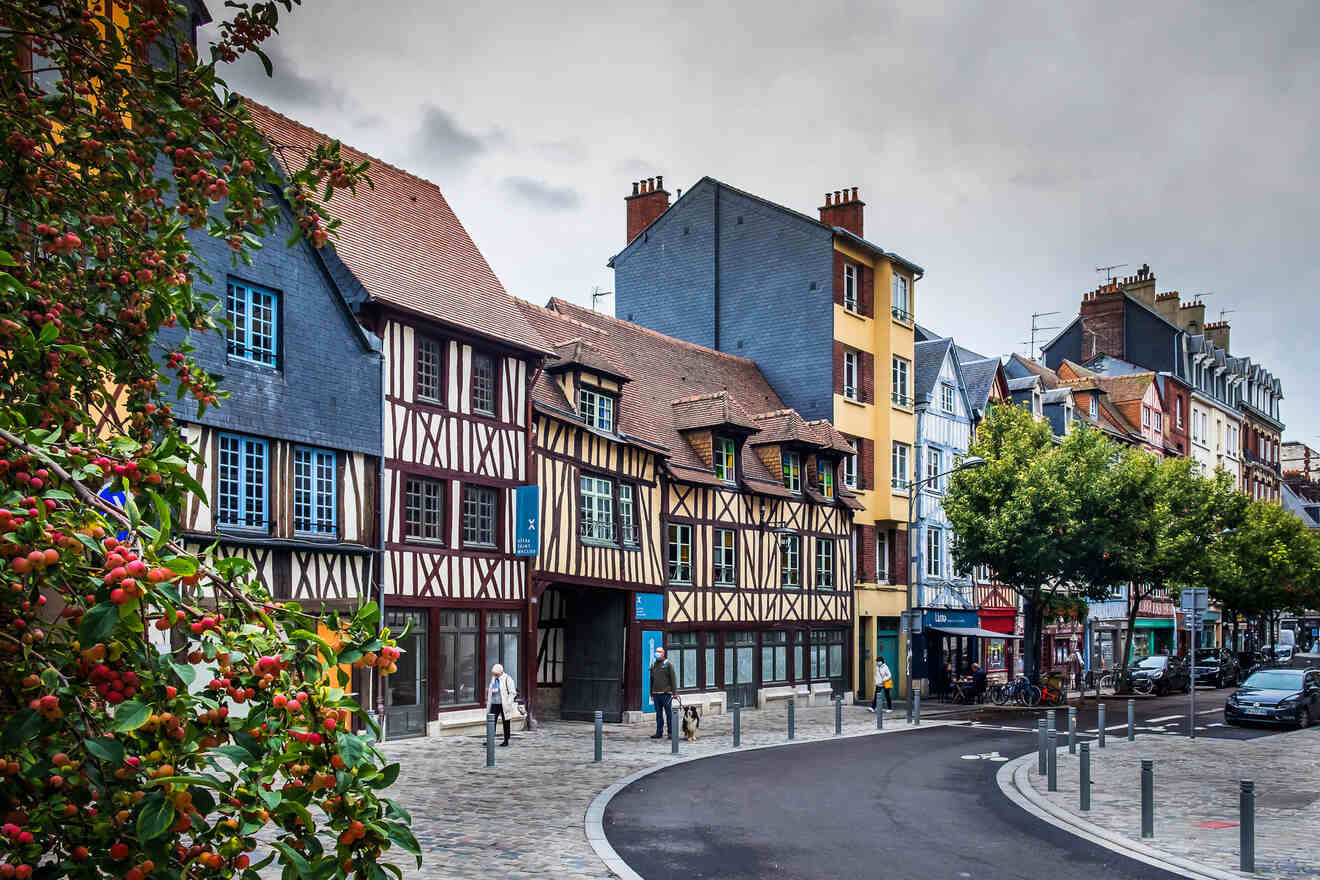




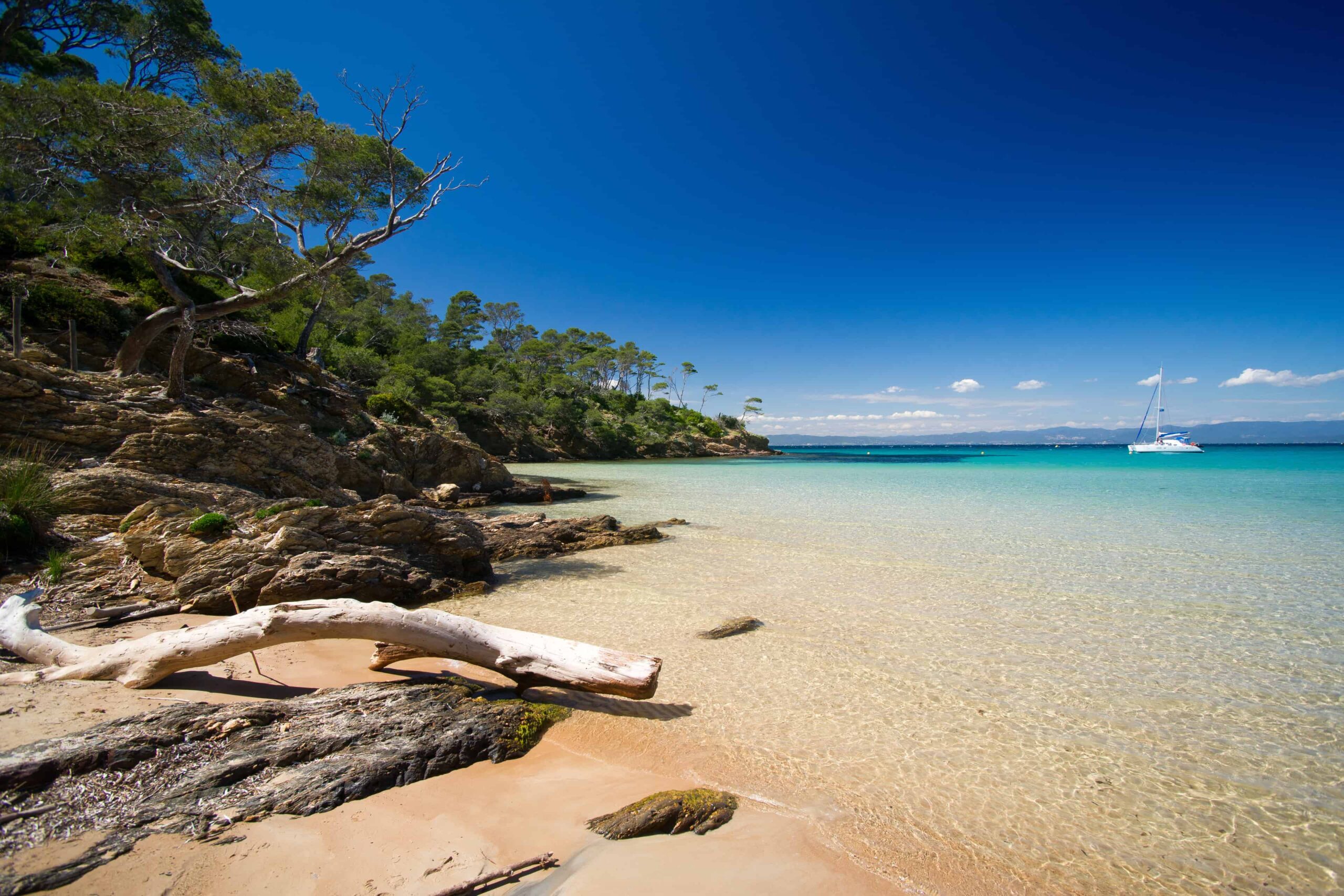
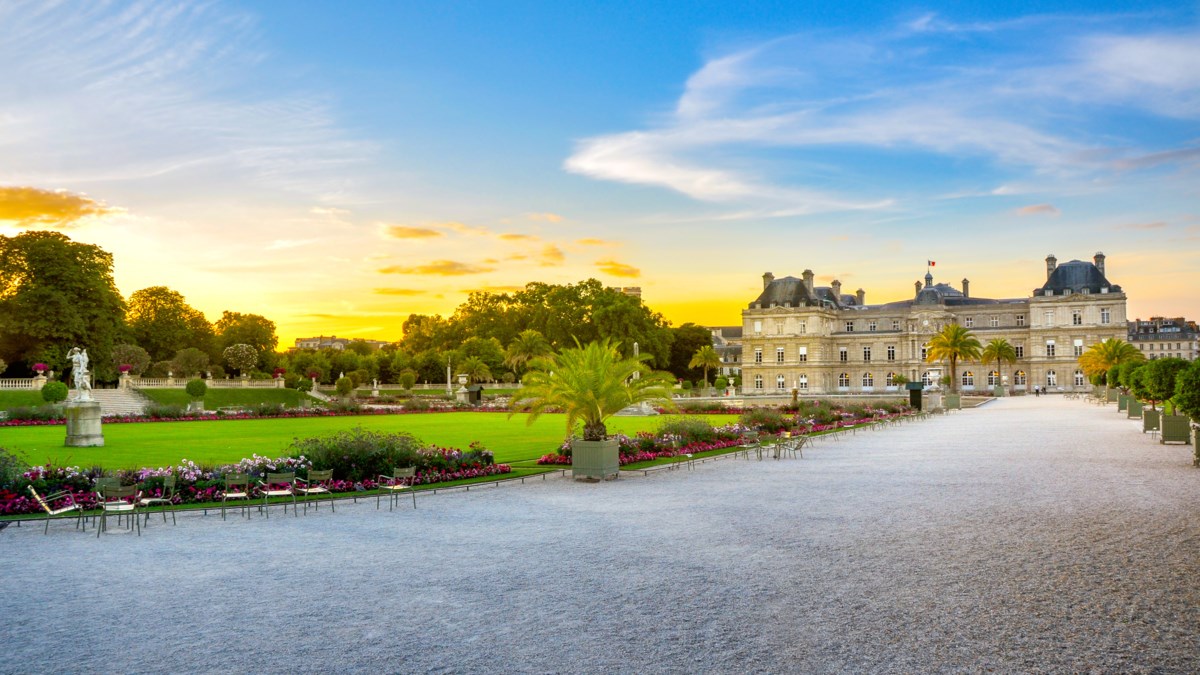
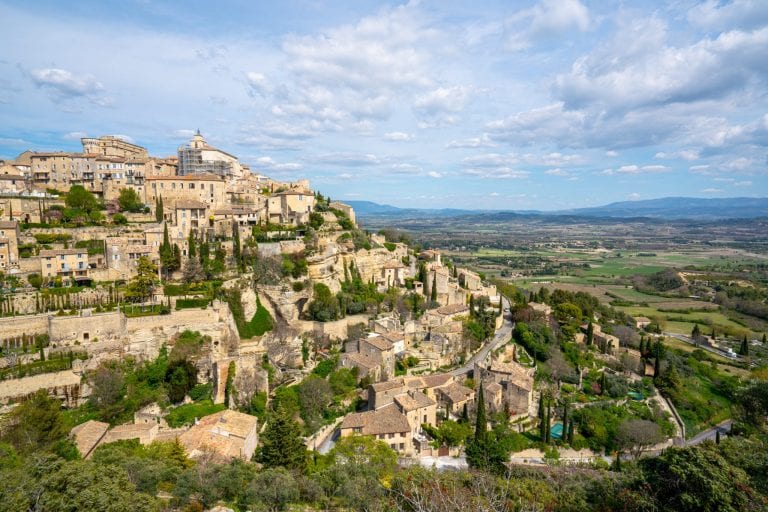
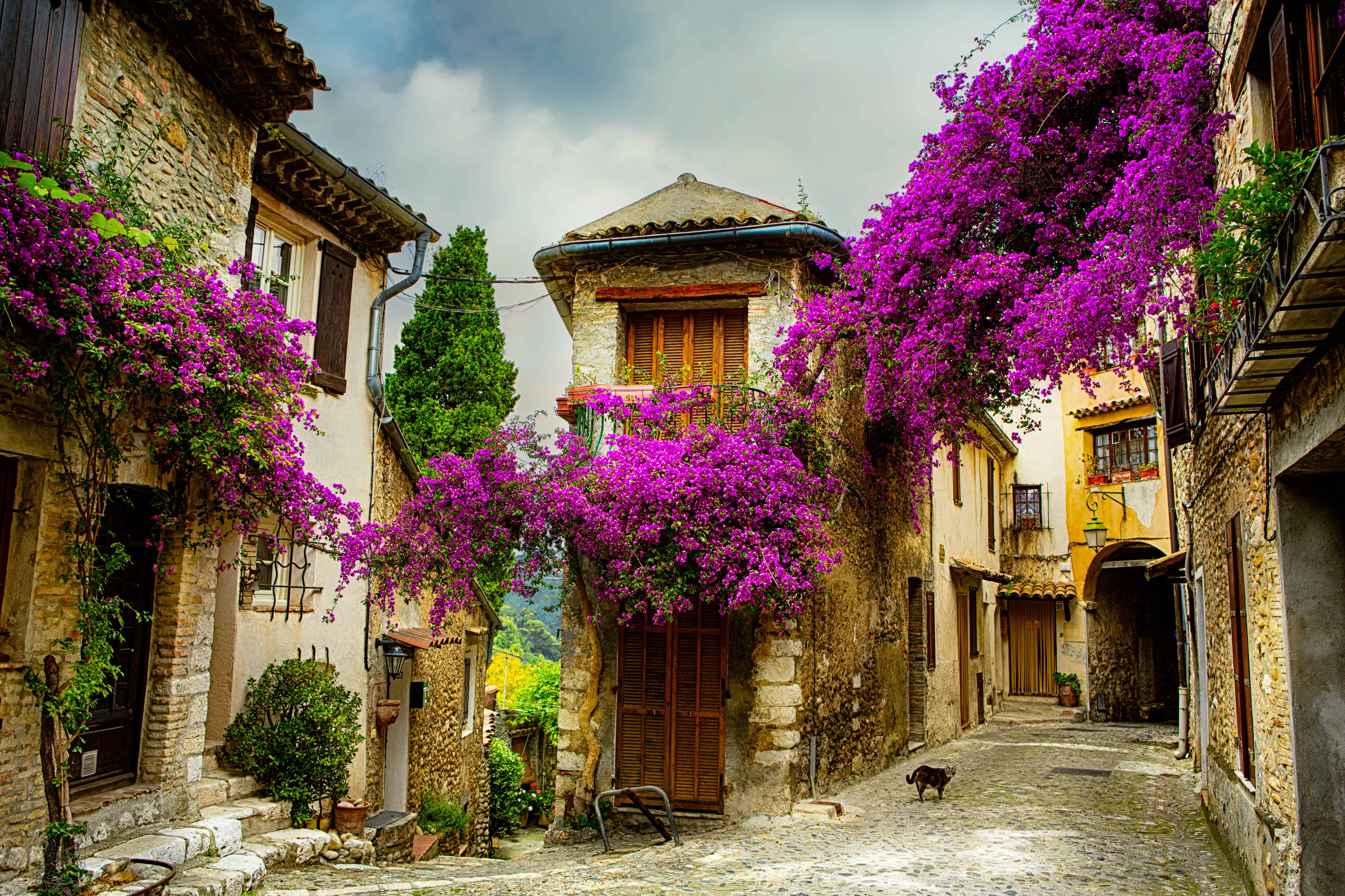



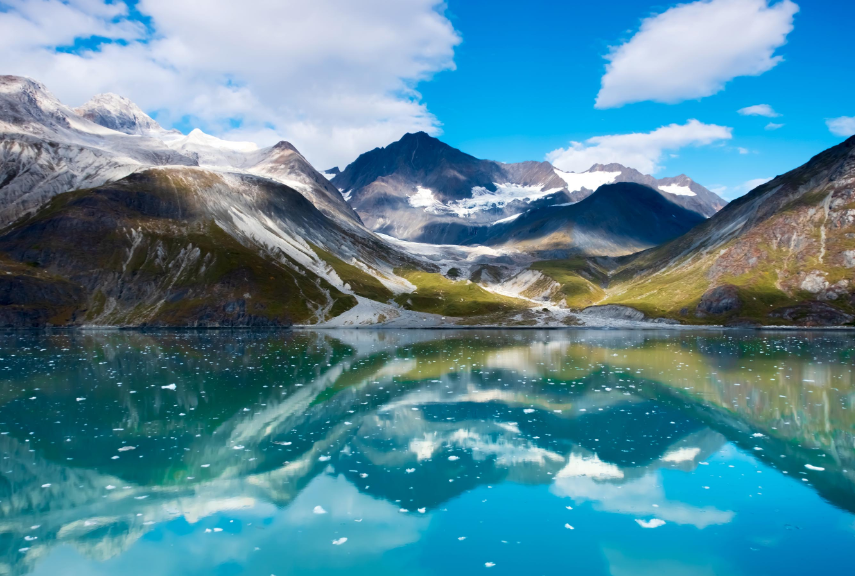
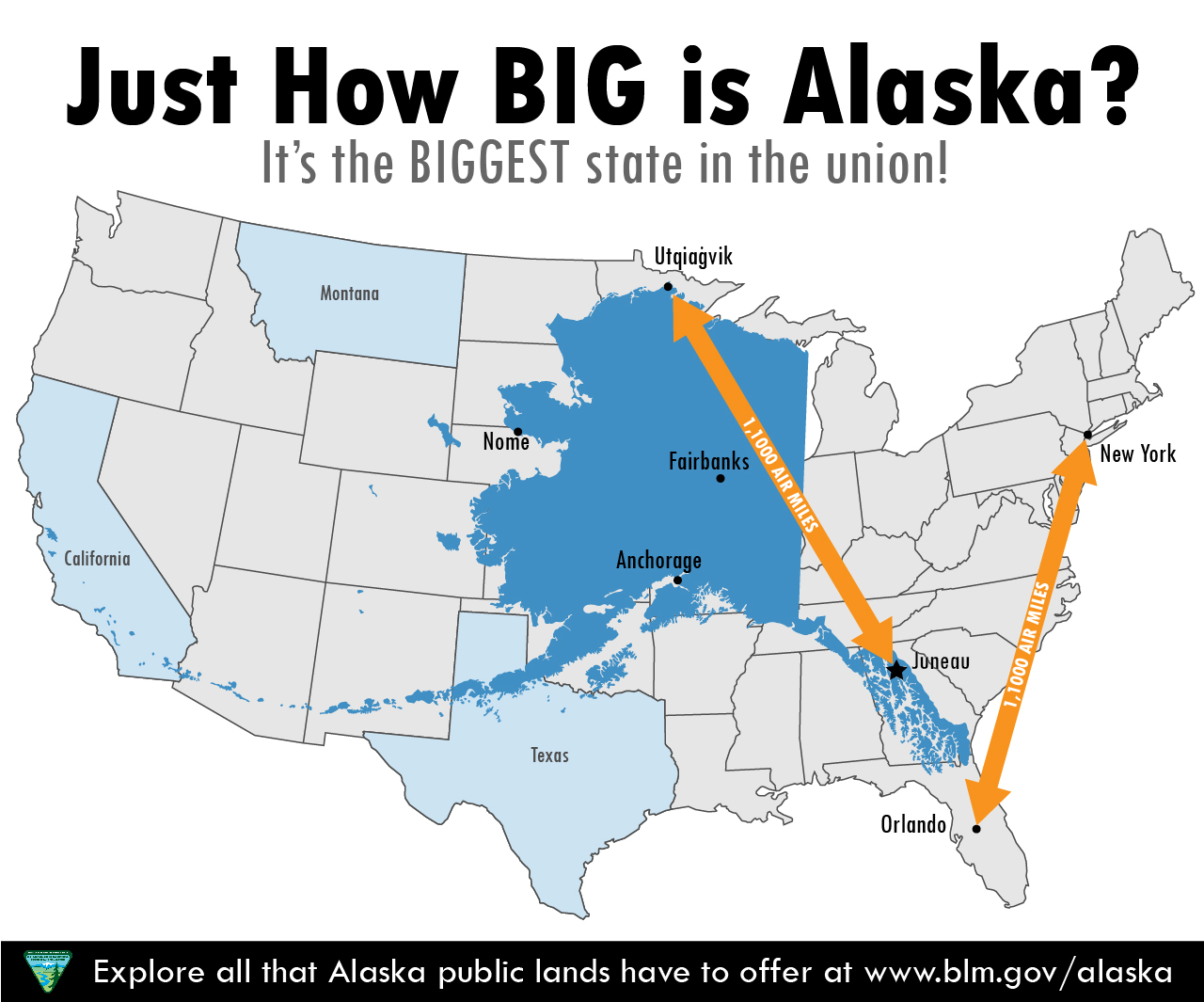
:no_upscale()/cdn.vox-cdn.com/uploads/chorus_asset/file/3639788/Alaska-California.0.jpg)

:no_upscale()/cdn.vox-cdn.com/uploads/chorus_asset/file/3639754/Alaska-Compare-main.0.jpg)


